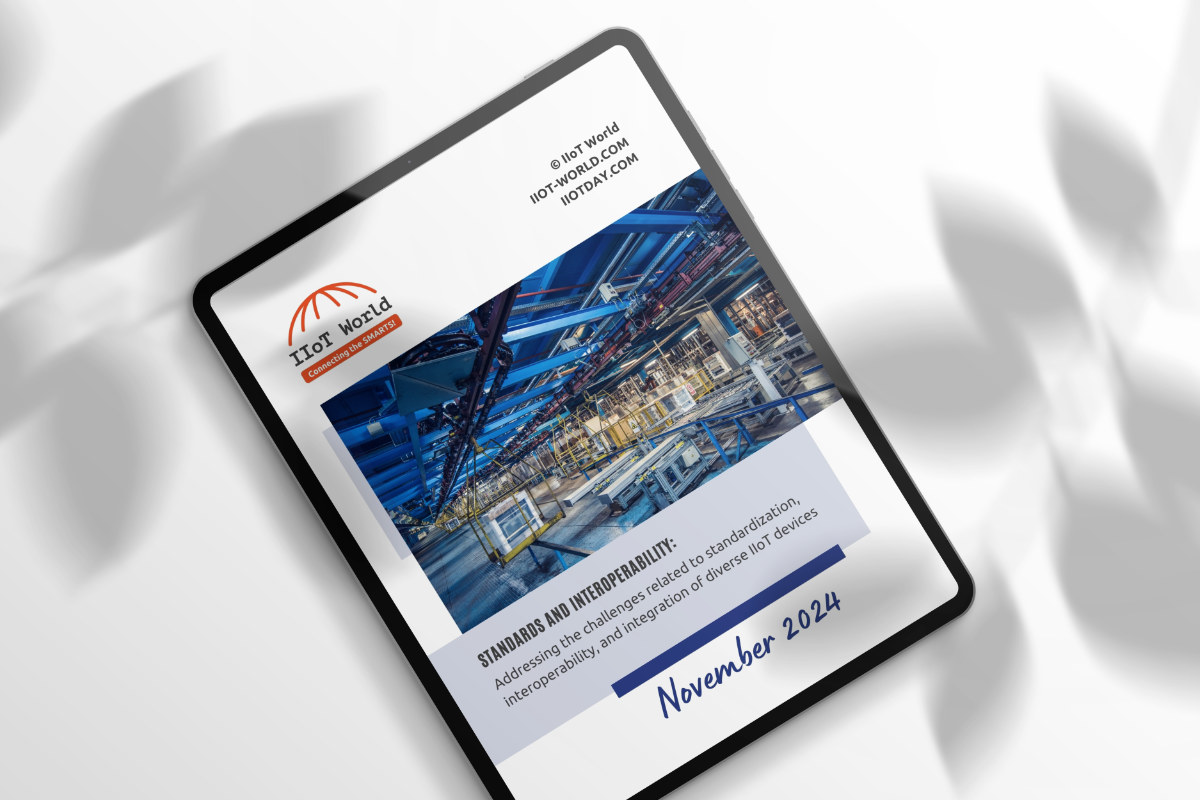From kickoff to scale: 10 steps to an enterprise data architecture
|
Getting your Trinity Audio player ready...
|
Why are so many manufacturers drowning in data and struggling to make it useful? Simply put, a modern industrial facility can easily produce more than a terabyte of data each day, and access to data alone does not make it useful. Industrial data is raw and must be made fit for purpose to extract its true value. Furthermore, the tools used to make the data fit for purpose must operate at the scale of an industrial enterprise. Leading industrial companies are solving these problems by first aligning people, process, and technology and then developing a data architecture that scales. This approach can be distilled to 10 steps.
Step 1. Think big: Align your goals with the organization. As with any major initiative, ensuring that your project is aligned with corporate goals must be the first step. Make sure the right cross-functional stakeholders are in the room from the project beginning, and that all stakeholders agree to prioritize the project and can reach consensus on the project goals.
Step 2. Get strategic: Consider your architectural approach. Lack of architectural strategy is one of the most common sources of failure for Industry 4.0 initiatives. Taking the time to plan your architecture before you start your project pays dividends as you expand to other areas and sites. Start by documenting how your systems are currently integrated and how this architecture may need to change to accomplish your goals.
Step 3. Start small: Begin with a use case. Your use case may be driven by assets, processes, or products. Regardless, company stakeholders should identify the project scope, applicable data that will be required, and the target persona who will consume this information and act on it. Use cases range from predictive asset maintenance to first-pass yield to enterprise OEE and more. This first use case is how you will prove value and return on investment.
Step 4. Identify The Target Systems. This approach is contrary to traditional data acquisition approaches that would have you begin with source systems. Focusing on your target systems first will allow you to identify exactly what data you need to send, how it must be sent, what context the data will need, and at what frequency it should be sent so you can determine which sources and structure are best suited to deliver that payload.
Step 5. Identify the data sources. You can better understand the specific challenges you will need to overcome for your project by documenting your data sources. These challenges may include data volume, correlation, context, and standardization. Document data sources and their nuances now to prevent future obstacles to success.
Step 6. Select the integration architecture. This is the step where an Industrial DataOps solution should be evaluated. A DataOps solution acts as an abstraction layer that uses APIs to connect to other applications while providing a management, documentation, and governance tool that connects data sources to all required applications. DataOps solutions should be purpose-built to move high volumes of data at high speeds with transformations being performed in real time while the data is in motion. As your use case scales, your DataOps solution should easily scale with it.
Step 7. Establish Secure Connections. Once your project plan is in place, you can begin system integration in earnest by establishing secure connections to source and target systems. It is vital that you wholly understand the protocols you will be working with and the security risks and benefits that come with them. Security is not just about usernames, passwords, encryption, and authentication. It is also about protocol selection and integration architecture.
Step 8. Model The Data. The first step in modeling data is to define the standard data set required in the target system to meet the project’s business goals. The real-time data coming off the machinery and automation equipment is typically at the core of the model. Models also should include attributes for descriptive data, which are not typically stored in the devices but are useful when matching and evaluating data in the target systems. Models may also include data from transactional systems and time series databases. Once standard models are created, they should be instantiated for each asset, process, and/or product relevant to the use case.
Step 9. Flow The Data. When the instances are complete, data flows control the timing of when the values for an instance are sourced, standardized, contextualized, calculated, and sent to the target system. Data payloads may be published cyclically, when an event occurs, or only when a change occurs. A well-built data flow will retain the semantics of a model while transforming the presentation and delivery to the unique needs of the systems consuming it.
Step 10. Chart Your Progress and Expand to New Areas. Now that your use case is officially off the ground, it is vital that you pay close attention to your results and track your progress. New Industry 4.0 use cases often explore entirely new functionality, so processes to track your progress may not presently exist in your organization. You may need to be the pioneer!
About the author
 Torey Penrod-Cambra is the Chief Communications Officer of HighByte, focused on the company’s messaging strategy, market presence, and ability to operationalize. Her areas of responsibility include marketing, public relations, analyst relations, investor relations, and people operations.
Torey Penrod-Cambra is the Chief Communications Officer of HighByte, focused on the company’s messaging strategy, market presence, and ability to operationalize. Her areas of responsibility include marketing, public relations, analyst relations, investor relations, and people operations.



